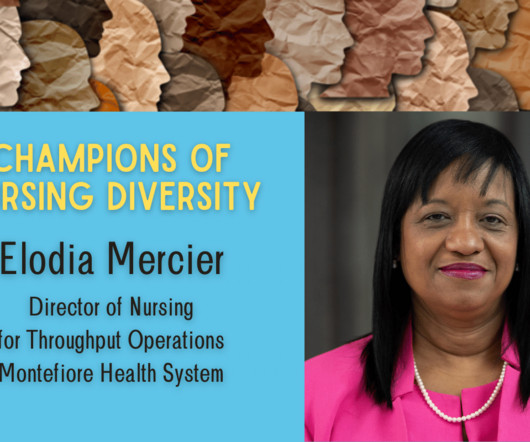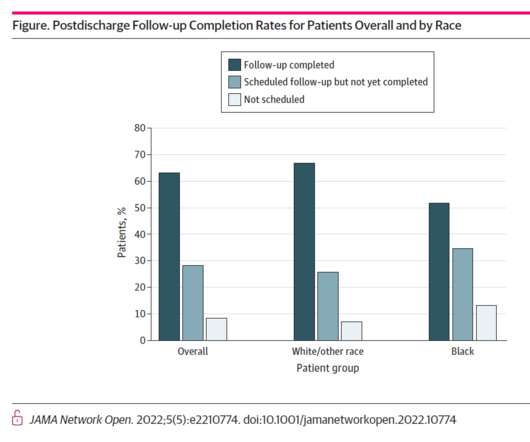How BPCI Enhances Patient Experience and Lowers Costs: A Comprehensive Guide
Guideway Care
JANUARY 14, 2025
The BPCI initiative transforms healthcare by improving patient experiences and cutting costs. By moving from volume-based to value-based care, BPCI enhances provider coordination and treatment efficiency, which is crucial in understanding how BPCI enhances patient experience and lowers costs.




















Let's personalize your content